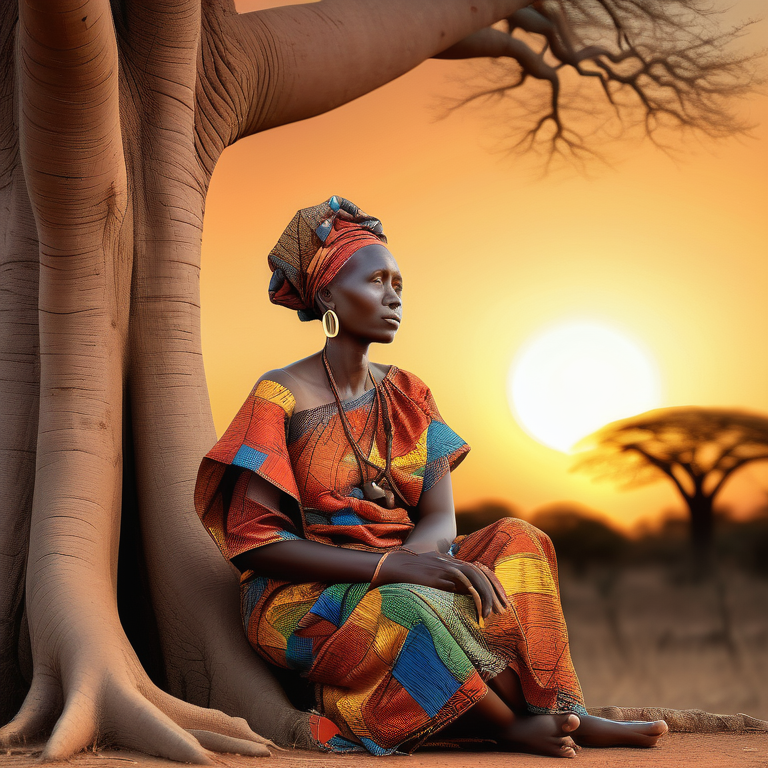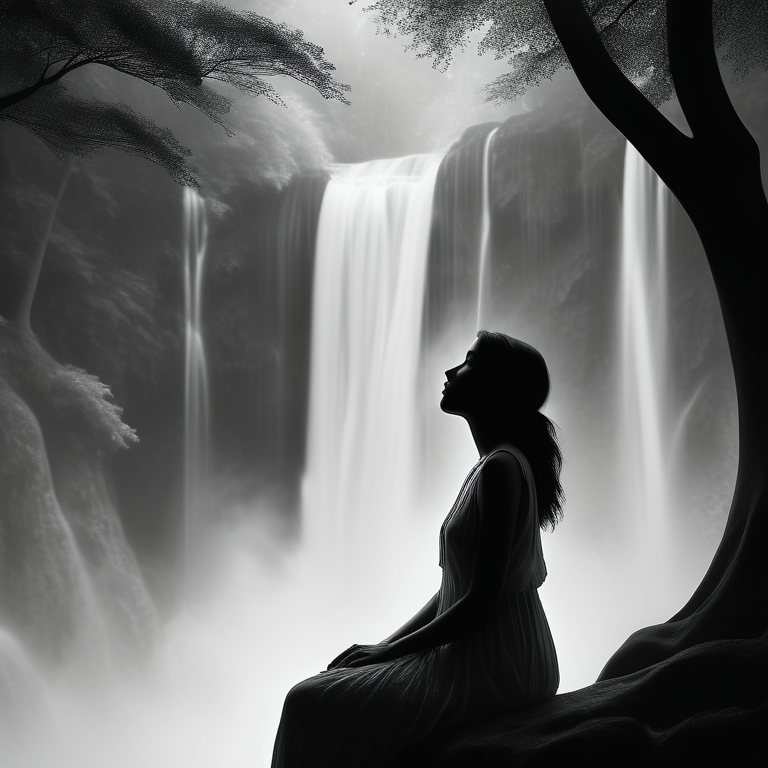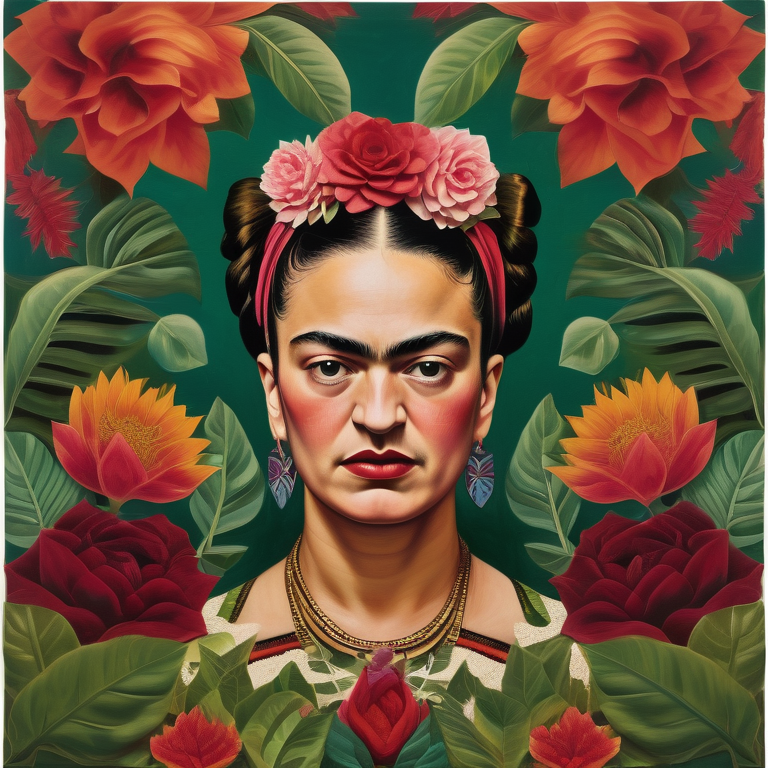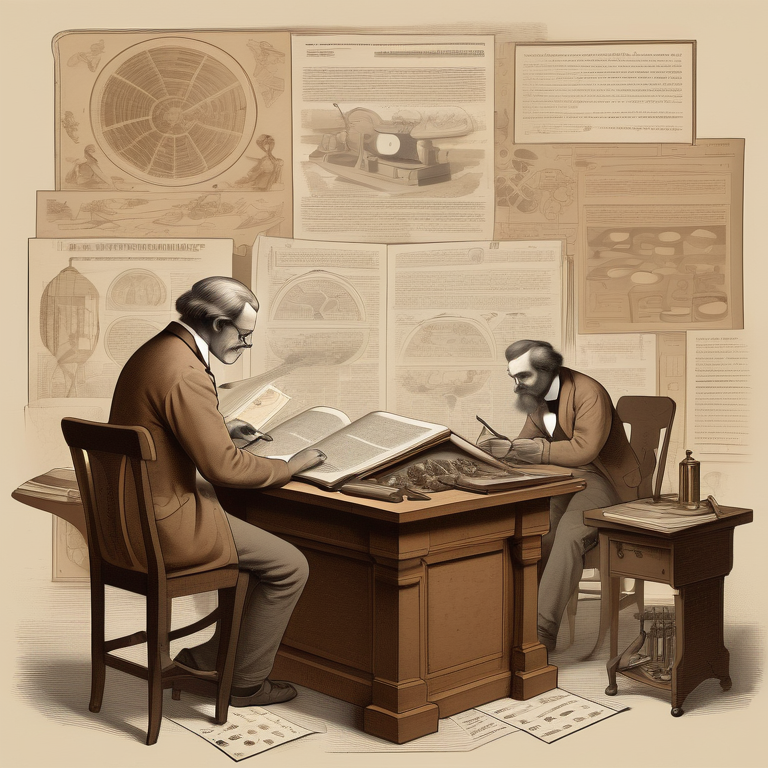Women’s Sexuality in Visual Arts
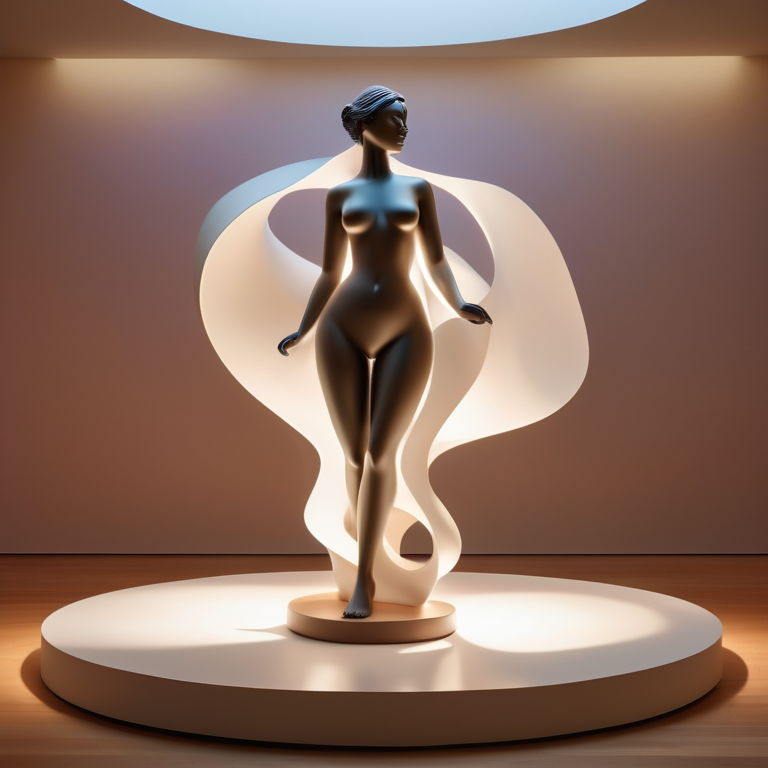
Key Highlights
- The depiction of women’s sexuality in visual arts has evolved throughout history, from ancient symbols to contemporary art.
- Female artists have played a significant role in challenging traditional views of female sexuality and reclaiming their own narratives.
- The male gaze and the female gaze are two contrasting perspectives in art that explore the objectification and empowerment of women.
- Photography has been a powerful medium for representing and empowering female sexuality.
- Sculpture has also been used to express femininity and challenge societal norms surrounding women’s bodies.
- The representation of women’s sexuality in art has often been a subject of controversy and censorship, reflecting societal attitudes towards female sexuality.
Introduction
Women’s sexuality has long been a topic of fascination and exploration in the world of visual arts. From ancient symbols to contemporary works, artists have sought to capture and express the complexities of female sexuality through various mediums. Throughout history, the representation of women’s sexuality in art has evolved, reflecting changes in societal attitudes and cultural norms. Female artists, in particular, have played a significant role in challenging traditional views of female sexuality and reclaiming their own narratives. In this blog, we will explore the evolution of women’s sexuality in visual arts, the role of feminism in shaping contemporary art, the male gaze vs. the female gaze, the representation of female sexuality in photography, the three-dimensional expression of femininity in sculpture, and the controversies and censorship surrounding the depiction of women’s sexuality in art. By delving into these topics, we hope to shed light on the rich and diverse ways in which women’s sexuality has been portrayed and celebrated throughout history.
The Evolution of Women’s Sexuality in Art
The evolution of women’s sexuality in art can be traced back through the annals of art history. In the fine arts, the female nude has been a central subject, often used to represent beauty, vulnerability, and desire. In ancient Europe, the depiction of the female nude can be seen in the art of the Middle Ages and Roman art.
During the Middle Ages, art was primarily religious in nature, and the female nude was rarely depicted. Instead, women in art were often portrayed as modest and chaste, conforming to societal ideals of femininity. However, in Roman art, the female nude was more prevalent, often depicted in sculptures and mosaics. These representations of the female body celebrated its beauty and sensuality, reflecting the Roman appreciation for physical pleasure.
As art progressed into the Renaissance period, the female nude became a central theme, drawing inspiration from ancient Greek and Roman art. Artists such as Botticelli and Titian created iconic works featuring the idealized female form. These paintings celebrated the beauty and sensuality of women, often emphasizing their curves and softness. The female nude became a symbol of grace and femininity, epitomizing the ideals of the Renaissance period.
From Ancient Symbols to Renaissance Beauty
In ancient civilizations, women’s sexuality was often symbolized through the representation of goddesses and deities. These figures were revered and worshipped for their power and beauty. The goddess Aphrodite, for example, was a popular subject in ancient Greek and Roman art. She was the goddess of love and beauty, and her naked form symbolized desire and fertility.
During the Renaissance, artists drew inspiration from classical art and mythology, bringing the female nude into the forefront of their work. Paintings such as Botticelli’s “The Birth of Venus” and Titian’s “Venus of Urbino” celebrated the idealized female form, portraying women as objects of beauty and desire. These works reflected the cultural values of the time, where women were often seen as objects of admiration and desire, a tradition that dates back to the 4th century BCE with Praxiteles’ “Knidian Aphrodite.”
The Impact of the Victorian Era on Female Depictions
The Victorian era, which spanned from the mid-19th century to the early 20th century, had a significant impact on the depiction of women’s sexuality in art. During this time, societal values and moral standards were strict, and women were expected to adhere to strict codes of conduct. The portrayal of women in art reflected these values, often depicting them as demure and modest. However, as seen in the painting The Slave Market by Jean-Léon Gérôme, the prevalent sexism and patriarchism of the nineteenth century were also reflected in the art world, perpetuating harmful notions of masculine dominance and female objectification.
However, the Victorian era also saw the rise of stereotypes surrounding women’s sexuality. Women were often portrayed as seductive and dangerous temptresses, capable of luring men into sin. These depictions reinforced societal fears and anxieties about female sexuality, further perpetuating the notion that women’s sexual desires were something to be feared and controlled.
Despite these stereotypes, there were artists who challenged these norms and explored the sensuality of women. Gustave Courbet’s painting “The Origin of the World” and Édouard Manet’s “Olympia” are two notable examples that pushed the boundaries of Victorian societal norms. These works depicted the naked female body in a raw and unapologetic manner, challenging conventional notions of female sexuality and desire and showcasing the power of the female form as a work of art.
The Role of Feminism in Shaping Contemporary Art
The feminist movement has played a significant role in shaping contemporary art, particularly in the exploration and celebration of female sexuality. Women artists have used their work to challenge traditional views of female sexuality and reclaim their own narratives. By addressing issues of objectification, empowerment, and identity, these artists have pushed the boundaries of artistic expression and opened up new conversations surrounding women’s sexuality in art.
Early Feminist Movements and Visual Arts
The early feminist movements of the 20th century had a profound impact on the visual arts. Women artists began to challenge the male-dominated art world and sought to reclaim their place within it. Through their work, they explored issues of gender, sexuality, and identity, bringing these topics to the forefront of contemporary art.
One of the most influential feminist artists of the time was Frida Kahlo. Her powerful self-portraits explored themes of feminine identity and sexuality, often depicting herself in a raw and unflinching manner. Other notable artists of this era include Judy Chicago, who used her work to address issues of gender inequality, and Cindy Sherman, who explored the construction of female identity through her self-portraits.
These artists, along with many others, paved the way for future generations of women artists to explore and celebrate female sexuality in their work. They challenged traditional notions of femininity and created a space for women’s voices to be heard within the art world.
Modern Feminism and the Reclamation of Female Sexuality
In recent years, contemporary artists have continued to explore and celebrate female sexuality, particularly women of color and queer artists. These artists have used various mediums, including painting, photography, and performance art, to challenge societal norms and reclaim their own narratives.
One example is Mickalene Thomas, whose vibrant and bold paintings celebrate the beauty and sensuality of black women. Through her work, she seeks to challenge traditional standards of beauty and highlight the agency and power of black women.
Social media has also played a significant role in the reclamation of female sexuality in art. Platforms such as Instagram have provided a space for artists to share their work and connect with a global audience. Women artists have used these platforms to challenge societal norms and celebrate the diversity of female sexuality.
Iconic Works Through the Lens of Women’s Sexuality
Throughout history, there have been several iconic works of art that have explored and depicted women’s sexuality. These works have challenged traditional views of female sexuality and have become enduring symbols of empowerment and self-expression. Two examples of such works are “The Birth of Venus” by Sandro Botticelli and “Olympia” by Édouard Manet.
“The Birth of Venus” and the Idealized Female Form
“The Birth of Venus” by Sandro Botticelli is one of the most iconic and recognizable works of art in history. The painting depicts the goddess Venus emerging from the sea, fully nude and surrounded by mythological figures. The image of Venus is idealized, with delicate features and a graceful pose, representing the epitome of beauty and femininity. The painting celebrates the beauty and sensuality of the female form, reflecting the ideals of the Renaissance period.
“Olympia” by Édouard Manet: A Turning Point
“Olympia” by Édouard Manet is a groundbreaking work that challenged traditional views of female sexuality. The painting depicts a reclining nude woman, who is believed to be a prostitute, staring directly at the viewer. The inclusion of a black maid in the painting further adds to its provocative nature. “Olympia” caused a scandal when it was first exhibited, as it defied the conventions of the time and challenged societal expectations of female modesty. Art historians have interpreted the painting as a critique of the objectification of women and a commentary on the power dynamics between men and women. “Olympia” is considered a turning point in the representation of female sexuality in art, paving the way for future artists to explore and challenge societal norms.
The Male Gaze vs. The Female Gaze in Art
The male gaze and the female gaze are two contrasting perspectives in art that explore the representation and objectification of women. The male gaze refers to the way visual arts are structured around a masculine viewer and depict women from a predominantly male perspective. The female gaze, on the other hand, challenges this perspective and offers a new way of seeing and representing women in art.
The male gaze has been prevalent throughout art history, with women often depicted as objects of desire and sexual objects. Women in art are often seen through the lens of the male viewer, with their bodies and sexuality objectified for the male gaze. This objectification reduces women to mere sexual objects, stripping them of agency and autonomy.
The female gaze seeks to subvert these traditional representations and offers a new perspective on the female body. Female artists and photographers have challenged the male gaze by depicting women as powerful and complex individuals, reclaiming their own narratives and challenging societal norms.
Understanding the Male Gaze
The male gaze has its roots in the representation of the male nude and the male figure in art. Throughout history, the male body has been idealized and celebrated, while the female body has often been objectified and sexualized. The male gaze perpetuates stereotypes and reinforces societal expectations of gender roles. Men are often portrayed as powerful and dominant, while women are depicted as passive and submissive. This perpetuates harmful gender stereotypes and the objectification of women in art.
Exploring the Female Gaze: A New Perspective
The female gaze offers a new perspective on the representation of women in art. Women artists have challenged the male gaze by creating works that celebrate the female body and sexuality from a female perspective. They have used popular culture to explore and reclaim their own narratives, subverting traditional notions of femininity and challenging societal norms. By centering women’s experiences and perspectives, the female gaze offers a more inclusive and diverse representation of women in art.
Photography and the Representation of Female Sexuality
Photography has been a powerful medium for representing and exploring female sexuality. Through the lens of a camera, photographers have been able to capture and celebrate the beauty and sensuality of women. From portraits to self-portraits, photography has provided a platform for women to express their own desires and reclaim their own narratives.
The Power of the Female Body in Photography
In photography, the female body has been a subject of exploration and empowerment. By capturing the female form in various poses and settings, photographers have been able to celebrate the beauty and strength of women. Through nudity, photographers have challenged societal expectations and norms surrounding the female body, reclaiming it as a site of empowerment and self-expression. The power of the female body in photography lies in its ability to challenge and disrupt traditional notions of beauty and femininity.
Controversial Photographs and Their Cultural Impact
Photography has also been the source of controversy and censorship when it comes to the representation of female sexuality. Controversial photographs have challenged societal norms and sparked debates about art, censorship, and the boundaries of artistic expression. These photographs have had a significant cultural impact, pushing the boundaries of what is considered acceptable and challenging societal attitudes towards female sexuality. Some notable examples include the work of Robert Mapplethorpe, whose explicit photographs of the male and female body sparked debates about obscenity and art, and Nan Goldin, whose intimate and raw photographs explored themes of love, sex, and identity.
Sculpture and the Three-Dimensional Expression of Femininity
Sculpture has been another powerful medium for expressing and exploring femininity and female sexuality. Through the use of three-dimensional forms, sculptors have been able to capture the beauty and strength of the female body in a tactile and tangible way.
Classical Sculptures and Their Influence
Classical sculptures from ancient civilizations have had a profound influence on the representation of femininity and female sexuality in art. The sculptures of ancient Greece and Rome celebrated the idealized female form, often depicting goddesses and mythological figures. These sculptures influenced later artists and continue to be a source of inspiration for contemporary sculptors. The classical tradition of depicting the female body as a symbol of beauty and power has shaped the way we perceive and understand femininity in art.
Contemporary Sculptors Challenging Norms
Contemporary sculptors have continued to challenge societal norms and traditional representations of femininity through their work. They have pushed the boundaries of sculpture and explored new materials and techniques to create thought-provoking and empowering sculptures. These artists have challenged the male gaze and celebrated the diversity of the female experience, reclaiming the female body as a site of power and self-expression.
Censorship and Controversy in Depicting Women’s Sexuality
The depiction of women’s sexuality in art has often been a subject of controversy and censorship. Throughout history, works of art that challenge societal norms and traditional views of female sexuality have faced backlash and censorship. This has been particularly evident in countries such as the United States, Canada, and China, where censorship laws and cultural values have influenced the representation of women’s sexuality.
In the United States, for example, there have been numerous cases of artworks being censored or removed from public view due to their explicit or provocative content. The controversy surrounding Robert Mapplethorpe’s photographs and the legal battle over the NEA Four are just a few examples of how art that explores female sexuality has been met with resistance and censorship.
In Canada, controversies have arisen over public displays of sexually explicit art, particularly in government-funded galleries. The censorship of artworks that challenge societal norms has raised questions about freedom of expression and the role of art in society.
In China, the depiction of female sexuality in art has been heavily regulated by the government. The Chinese government has strict censorship laws that prohibit the display of sexually explicit content in art and other forms of media. This has limited the freedom of expression for artists and has resulted in self-censorship and the avoidance of controversial subject matter.
Historical Context of Censorship in Art
The censorship of art has a long history, dating back to ancient times. Throughout history, governments, religious institutions, and societal norms have sought to control and regulate the content and representation of art. Censorship in art has been driven by various factors, including moral standards, political ideology, and religious beliefs. The censorship of female sexuality in art has often been rooted in societal attitudes towards women and the fear of female empowerment. By censoring art that challenges traditional views of female sexuality, these institutions and individuals seek to maintain control over women’s bodies and sexual expression.
Modern-Day Controversies and Debates
In the age of social media, controversies surrounding the representation of women’s sexuality in art have become more prevalent and accessible. Artists can now share their work and engage in discussions about their art with a global audience. This has led to increased debates and controversies surrounding the depiction of female sexuality in art, as diverse perspectives and opinions are shared. Social media platforms have also provided a platform for artists to challenge censorship and push the boundaries of artistic expression. However, these platforms have also faced criticism for their own censorship policies and the suppression of certain types of content.
Conclusion
Women’s sexuality in visual arts has evolved through the ages, reflecting societal norms and feminist movements. From ancient symbols to contemporary expressions, art has been a powerful tool in challenging traditional views. The male gaze versus the female gaze has shaped representations, while photography and sculpture have offered unique perspectives. Despite censorship and controversies, artists continue to push boundaries. By exploring themes of empowerment and celebrating femininity, visual art serves as a platform for dialogue and inspiration. Share these insights on social media to spark conversations about the diverse and empowering representations of women’s sexuality in art.
Frequently Asked Questions
How have artists challenged traditional views of female sexuality?
Artists have challenged traditional views of female sexuality by subverting the male gaze, celebrating diversity, and reclaiming their own narratives. Through their work, they have explored issues of agency, empowerment, and identity, challenging societal norms and expectations.
Can art influence societal perceptions of women’s sexuality?
Yes, art has the power to influence societal perceptions of women’s sexuality. By challenging traditional views and presenting alternative narratives, art can shape public discourse and challenge societal norms. Artists have the ability to provoke thought, evoke emotions, and challenge preconceived notions about women’s sexuality.
What are some common themes related to women’s sexuality in visual arts?
Common themes related to women’s sexuality in visual arts include objectification, empowerment, body image, gender roles, and the exploration of desire and pleasure. Artists have used these themes to challenge societal norms and celebrate the complexity of women’s sexuality.
How has the representation of women’s sexuality in visual arts evolved over time?
The representation of women’s sexuality in visual arts has evolved over time, reflecting changes in societal attitudes and cultural norms. From ancient symbols to contemporary art, artists have explored and celebrated the diversity of women’s sexuality and challenged traditional views and expectations.
Are there any notable female artists known for their exploration of women’s sexuality in art?
Yes, there are several notable female artists who have explored and celebrated women’s sexuality in their work. Some examples include Frida Kahlo, Judy Chicago, Cindy Sherman, and Mickalene Thomas. These artists have challenged societal norms and offered new perspectives on female sexuality.
How can visual art be used as a platform to empower and celebrate women’s sexuality?
Visual art can be used as a platform to empower and celebrate women’s sexuality by challenging traditional views, reclaiming narratives, and providing a space for diverse perspectives. Through their work, artists can challenge societal norms, provoke thought, and celebrate the complexity of women’s sexuality.

